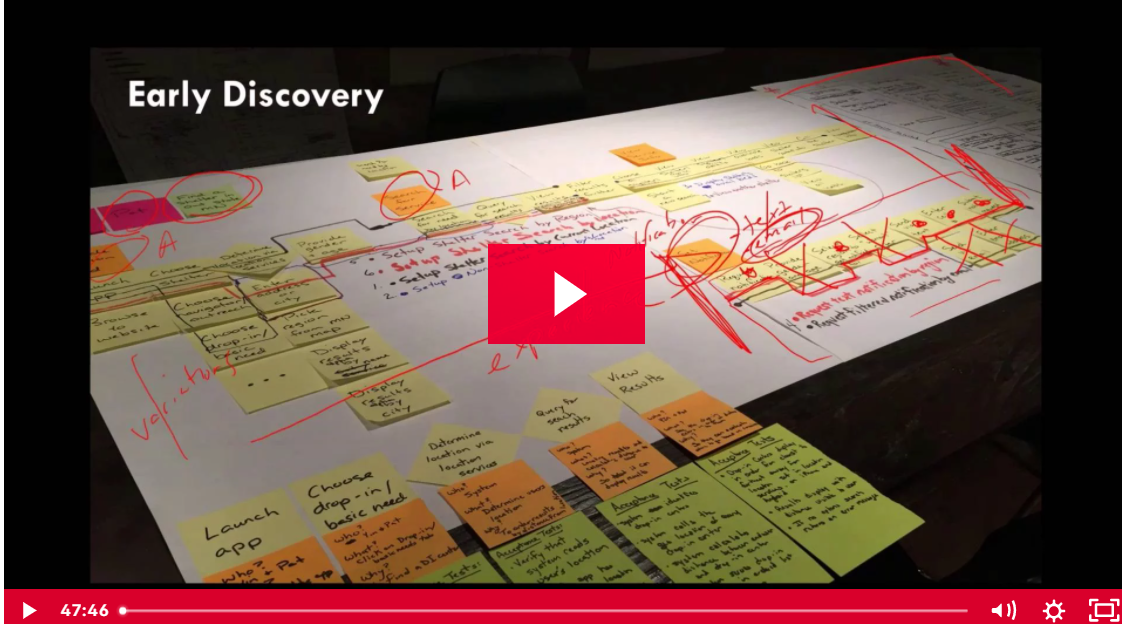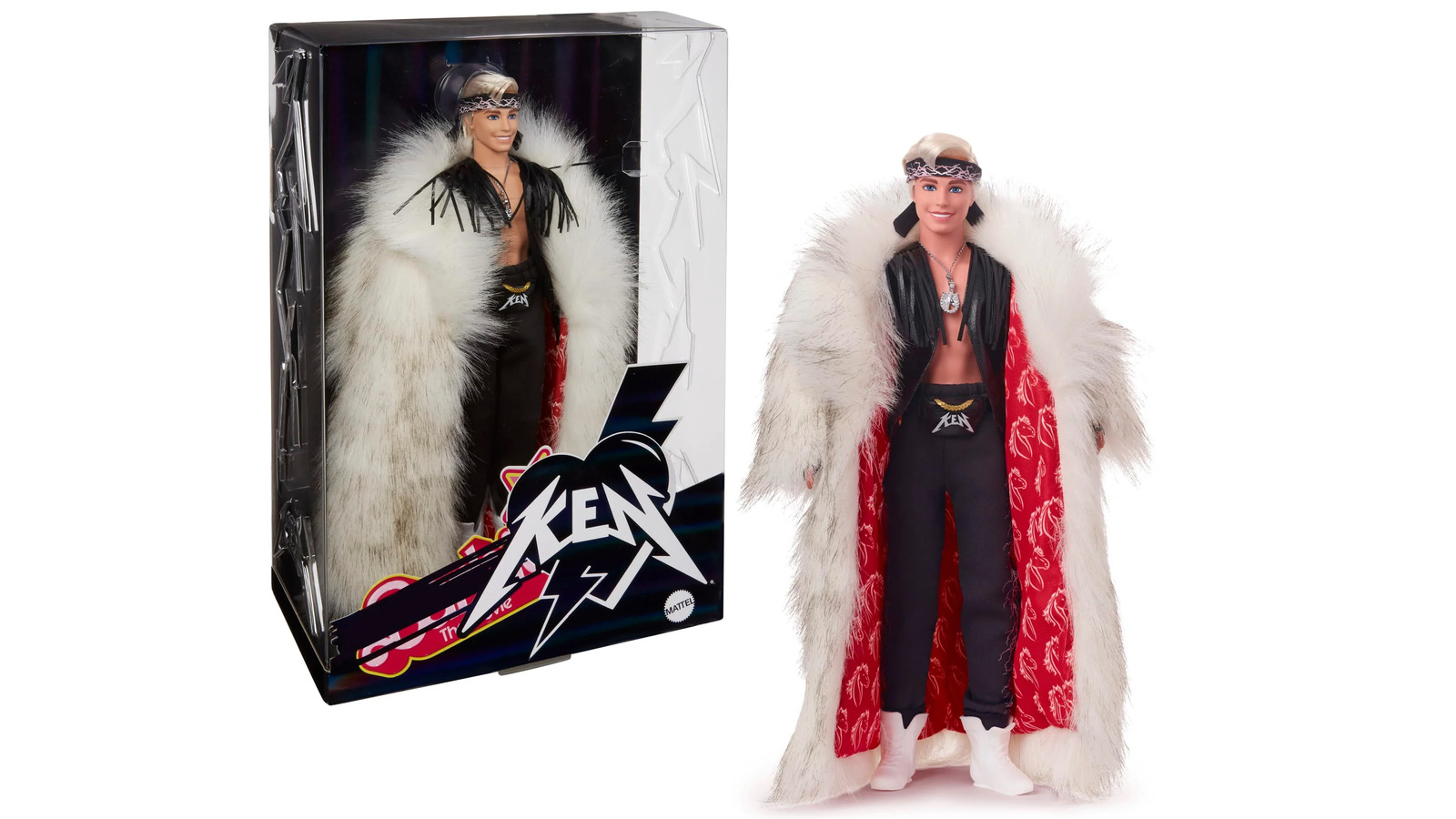Table Of Content

Picking the right mechanism depends on the product type and the specific information needed. By leveraging Sketch's powerful tools and features, your team can streamline the design process and collaborate more efficiently, ensuring successful continuous product design implementation. By adopting continuous product design, companies can improve their products and services, leading to increased customer satisfaction and loyalty, and ultimately driving business growth. Moreover, designers and engineers use user feedback to inform their design decisions.

LogRocket generates product insights that lead to meaningful action
Three years ago, while I was the Chief Digital Officer for a F500 retailer, I had the fortune of meeting Mario Ciabarra, CEO of Quantum Metric. I had seen the Quantum Metric product in a sales meeting previously and was blown away. As I strode across the cafeteria to get a soda from a vending machine, my friend and Head of Product called to me and insisted that I meet him, adding “He is the real deal.
Frequently asked questions about continuous product discovery
These models may also be used as probes with end-users and domain experts, providing an accelerated learning loop before things are built into the product. Many teams are so focussed on their product, they forget that it is just a small component of a larger system. They start to see the world through the filter of how their product works, becoming blind and deaf to the actual needs and priorities of the people the product is for. Continuous design is often implemented poorly, in part because of this mismatch between design theory and design practice. This leads to unhappy designers, inefficient teams, and inadequate design outcomes. At the core of Continuous Product Design are several key principles that not only guide the process but ensure its effectiveness and efficiency.
Boosted team morale
Process method enables continuous particle foam production - CompositesWorld
Process method enables continuous particle foam production.
Posted: Wed, 02 Aug 2023 07:00:00 GMT [source]
At the same time, the marketing and sales teams work closely with the rest of the team to communicate the product’s value effectively to the customers. Continuous Product Design is continuously measuring, learning and improving - all whilst in production. However, it is crucial when discovering whether the product delivers the desired value with rapid, real-time feedback.
Incremental gains, continuous improvement: the recipe for success in nanopositioning QA – Physics World - physicsworld.com
Incremental gains, continuous improvement: the recipe for success in nanopositioning QA – Physics World.
Posted: Tue, 30 May 2023 07:00:00 GMT [source]
What role does user feedback play in continuous product design?
Finding the best recycled material for Disney stuffed toys—with the same durability and cuddliness that our fans expect—was no small task. After exploring countless fabric and stuffing samples, and undergoing many rounds of testing and tweaking, the team had found a perfect fit. These new models include slight upgrades such as improved camera quality, better processing power, advanced operating systems, etc. We’ll tackle the tough parts and offer smart strategies to help you effectively manage them. Moreover, considering what factors in UX design contribute to making a product equitable ensures that the product design is inclusive, meeting the needs of diverse user groups.

The role of the product manager is crucial in aligning the design and development process with the users’ needs and the business objectives. Analytics provide insights that inform decision-making, validate hypotheses, identify trends, and optimize product features based on user interactions. A/B testing is a tool used to compare two versions of a product or feature to determine which performs better. It provides a means to validate hypotheses and enhance product features based on actual user interactions.
Feedback Loops:
Machine learning can analyze customer data to identify patterns and preferences, which informs product updates and feature enhancements. Artificial intelligence (AI) and machine learning (ML) are rapidly shaping the future of product design by offering personalized user experiences and streamlining the design process. Tesla's agile approach to product development enables frequent updates for its electric vehicles with improved hardware, which can be enhanced via software.
This data-driven approach minimizes guesswork and ensures that resources are allocated efficiently to features that deliver the most value. Data-driven insights obtained through continuous product design empower teams to make informed decisions. By leveraging analytics and A/B testing, organizations can optimize product performance, identify pain points, and implement improvements that resonate with users.
Feedback
By answering big logistics questions early, businesses can uncover the dynamic relationships between suppliers and the rest of design and development. Leveraging product lifecycle management (PLM) software helps a business source and compare potential suppliers based on sustainability request-for-proposal (RFP) requirements. Doing so not only takes available information about suppliers into account, but also adds further information to your digital enterprise from supplier logistic network simulations. Capturing these early is critical to defining the key performance indicators (KPIs) used to monitor the design process and helps find the best path forward when requirements oppose each other. If you have an idea for a better product, we can help turn it into reality.
This principle revolves around consistently collecting and incorporating feedback from both users and stakeholders throughout the product development cycle. Putting the customer at the center of the product design process involves understanding their needs, behaviors, and pain points. The ongoing dialogue between distinctions and similarities in product design and UX design is also crucial in this process, ensuring both the functionality and user experience evolve together. Our team will explain how this ongoing process isn’t just good for users, but it’s also a smart move for any business that wants to stay connected with their customers and ahead of the competition.
Instead of one long march to a distant release date, the product is developed, tested, and improved in cycles. It allows teams to adapt to changes instead of being bound to a fixed plan. Continuous product design ensures that your products don't just meet the current market demands but are set to adapt and thrive amid tomorrow's challenges. Research and analysis typically mark the pre-development phase, focusing on market trends and customer needs. CPD revolutionizes this phase into a continuous loop, where research is an everyday activity. While continuous product design offers numerous advantages, it’s not without its challenges.
Consumer feedback is a fluid, intuitive process, one that allows teams to respond to change without having to overhaul an entire project. By working in short “sprints,” developers can easily analyze market conditions and user needs, while still staying on track to meet long-term goals. Improving a product is not the final step in the design process, but rather a continuous journey that extends long after the product is made. Integrating sustainability goals into product design is making that a reality for every company. With simulation data, testing results, and a more concise digital twin, uncovering any performance gaps, reliability issues, and refurbishment and upgrade paths for products becomes much easier. In conclusion, Continuous Product Design represents a paradigm shift in how we approach product development.
By leveraging data and insights, companies can make informed decisions that drive product success and improve the overall user experience. Marketing and sales teams in a continuous product design team introduce the product to the customers, highlighting its value and explaining how it can meet their needs. We’ll explore these principles in more depth to understand how they steer the continuous product design process. Continuous product design is an ongoing activity that loops between the design, prototype, test, release, and feedback stages. Product designers work hard to create the best solution within the endless feedback process and aim to achieve long-term market success. Continuous learning and feedback loops form the backbone of an adaptive product design process, ensuring that the product evolves in response to changing user needs.

No comments:
Post a Comment